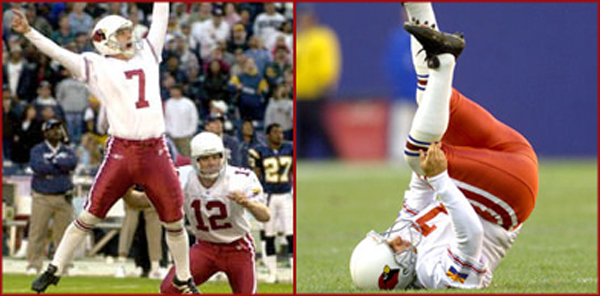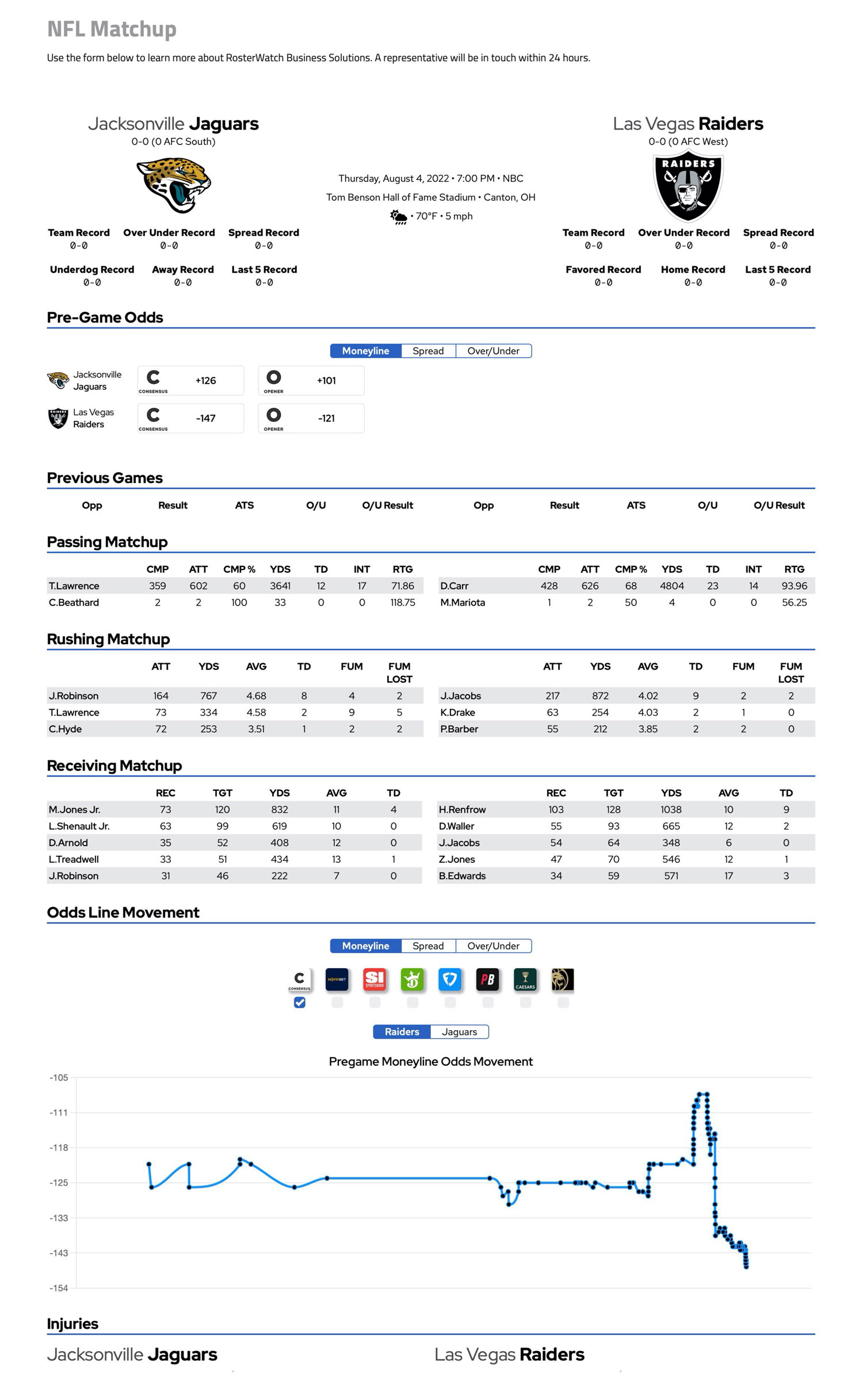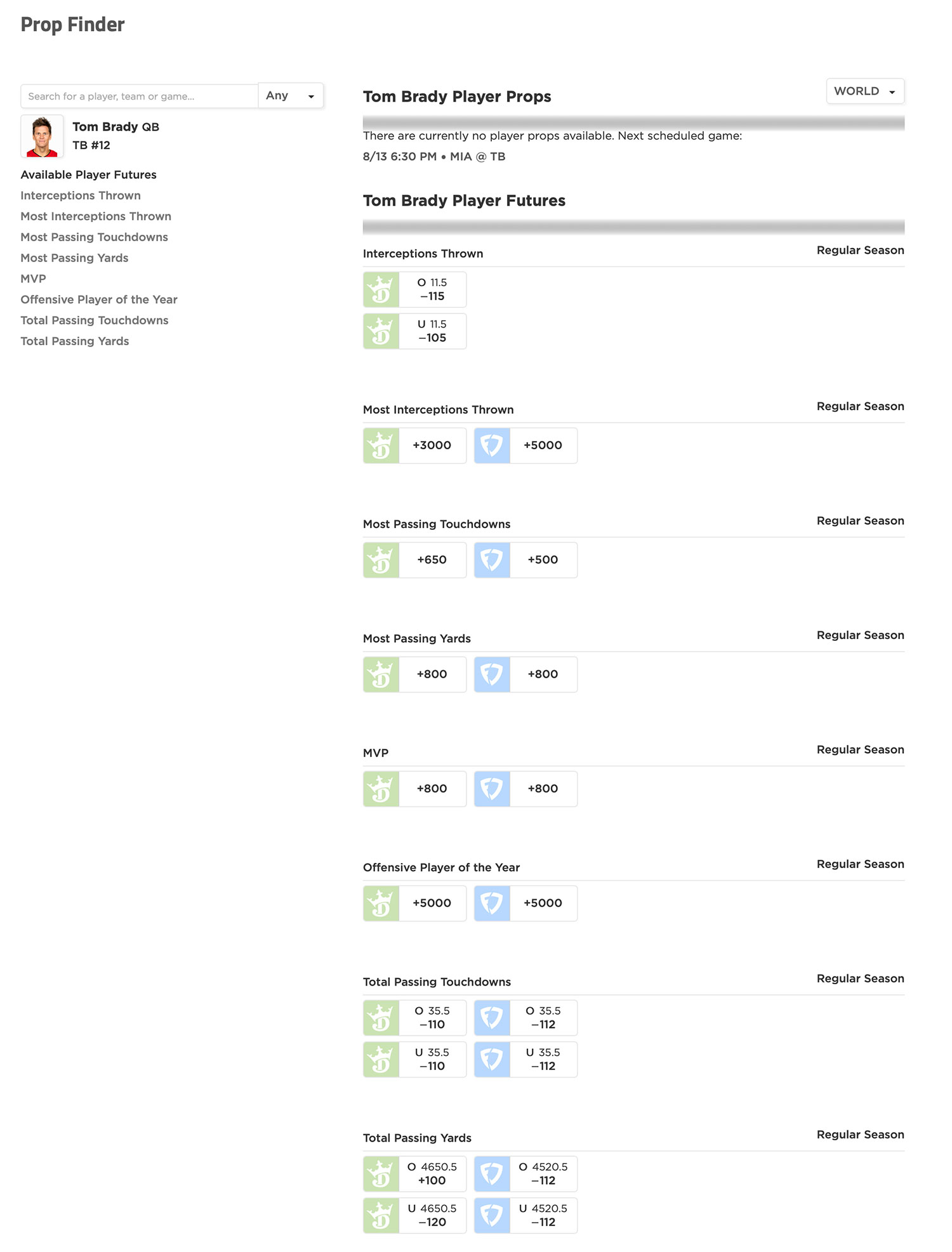RWi Bill Byrne: Your Fantasy Draft 12-Step Program
A Dozen Tips To A Better Fantasy Draft
Bill Byrne, Rosterwatch.com Featured Analyst
Follow Bill On Twitter

Here is my formula that can be applied by anyone drafting in redraft leagues. There are no gimmicks here, just twelve techniques I’ve learned over the years to have a more successful draft.
1. Be prepared.

Be organized with any data or drafting aids you will use at your draft. Consolidate information as much as possible to keep it cleaner and simpler. Bring highlighters and other supplies you may need. Do your homework ahead of time including enough mocking to feel comfortable with your draft position (I personally don’t do lots of mocks, but see point 3).
2. Know your league rules and know your scoring system.

Know them inside and out. Can you trade draft picks? Are there any unique scoring features? If there is a flex position, what are the rules? The answers to these questions can make a huge difference in your over-all strategy and who you select. Consider roster size when considering positional scarcity. We are talking about game theory here.
3. Be flexible.
Being flexible means that in any round you can draft any position. If your first three rounds go RB, WR, QB, for instance, what do you need in the 4th round? The answer is the best available player. Then what do I need in the 5th? Again, the best available player. If value falls to you at wide receiver, scoop it up. If a tier 2 running back falls, grab him. However, if you DO go in with a plan to draft RB, RB, RB with your 1st three picks, then study the ADPs and mock backwards from about round 8 to see what it takes to get a reasonable positional balance with the rest of your starters.
4. Use horizontal and vertical tiering.

Prior to your draft, tier your players within positions where there are logical breakpoints in talent. Tiering is the best way to quickly identify relative value, both within and between positions.
5. Identify players to target and players to avoid.
These are the players that have average draft positions either much earlier or later than what you think their actual value may be. It pays to clearly identify in advance the players you will not draft even if they fall several rounds below their ADP. In very early rounds, generally draft players with the highest floors and lowest risk. Go strictly for value in the middle rounds. In the later rounds, take your ‘shots’ – draft the players with low floors but high upsides.
6. Know your league and their drafting tendencies.
Who is likely to take a QB in the 1st round? Know what your other owners’ favorite teams are. Some owners are biased towards picking players and “sleepers” from their local teams based on “excessive” knowledge, hype, or research. Use that to your advantage.
7. Track your opponent’s rosters as the draft progresses.

This might be the best little-known drafting tip there is. You often will get an idea of who is likely to fall to you and who is not likely to fall to you in the next round. Take the best player available that you are pretty sure will not be there later. For instance, if you’re picking at 6.10 and 7.03, look at the rosters of the owners who will pick in between. What positions are they likely to pick based on who they already have rostered so far? This is the time to put aside your draft sheet and creatively use your reasoning power to maximize the
value of your roster.
8. Don’t be a slave to “Average Draft Position” in making your picks.
You’ll want to KNOW every player’s ADP but you never want to draft from an ADP list or use ADP as a primary drafting criteria. Use it only as a rough reference as to where a player is most likely to go. If anything, if you feel a player is the best value and is one of your targets, draft AHEAD of his ADP or you won’t get him. Using average draft position as a primary basis for your draft decision-making will result in just having an average draft.
9. Don’t get caught up in position runs.
Always strongly consider taking another position rather than taking a player too early because there is a run on a position. Never take a player in a lower tier because of a run on the position.
10. Don’t be overly influenced by bye weeks.
Except for perhaps your back-up QB, balancing bye weeks is not as good an idea as taking the best available player. You can always trade. When in doubt, instead of considering bye weeks as your tie-breaker, go with the guy who is in the better offense, or has the better schedule. IMO when deciding between two players, the best tie-breaker of all is the player with the best PLAYOFF schedule, because if you follow all these ideas, you are likely to be in it – and what good is making the play-offs if you don’t plan on winning it all?
11. There is only ONE reason not to draft a kicker before the last round of your draft.

The 12th best kicker won’t get you that many more fantasy points than the top kicker (assuming that you can predict with any accuracy who will even be that top kicker – which is Mission Impossible anyway.)
So what’s the one reason not to draft a kicker in the last round? When your league rules allow you not to draft a kicker at all. Last year, I drafted Eddie Royal and Eric Decker as the two last players on my roster. They are in a real camp battle for the WR#2 spot. I had until the day before the opener starts to figure out who will win that camp battle. Only at that point did I drop one of them and pick up my kicker.
12. The successful fantasy players treat fantasy football as if there is no off-season.
They continue to actively research, follow the NFL draft, the camps, and the entire pre-season right up until the day of the draft. After the draft, they actively and aggressively manage their roster right up until the last day of the season. And they don’t even stop there. They’ve made notes of which players broke out during the NFL play-offs that could be the foundationfor their next year’s sleeper picks.
Apply these twelve ideas and have a great draft and a great fantasy season.
11 Comments
Leave a Reply
You must be logged in to post a comment.









Good write up. Thanks.
My Dad rules. Read his stuff and come in 2nd for our friends and family league!!!